How to Effectively Use Gamification in Marketing Education
Gamification is a powerful tool that can be used to enhance marketing education and engage students in new and exciting ways. By incorporating game-like elements into educational activities, instructors can create a more interactive and immersive learning experience that is both fun and effective.
- 3/1/2024
- 4 min read
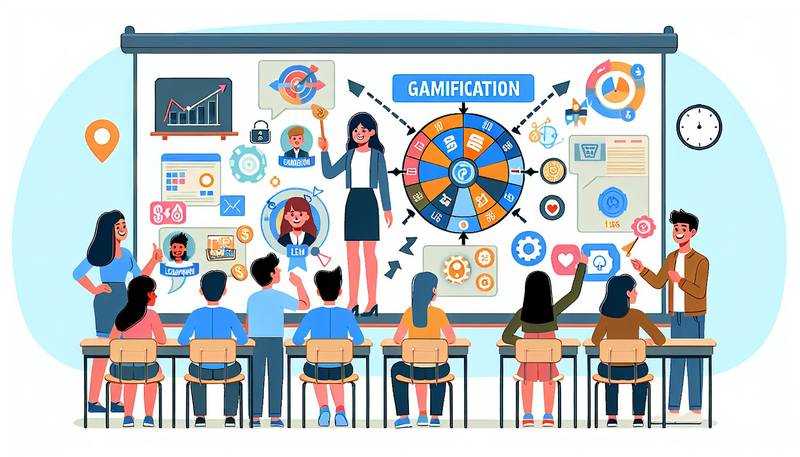 Click
to read the article
Click
to read the article
In this article, we will explore how gamification can be effectively used in marketing education to improve student engagement, motivation, and learning outcomes.
What is Gamification?
Gamification is the use of game design principles and mechanics in non-game contexts to engage and motivate users. In the context of education, gamification involves incorporating elements such as points, levels, badges, leaderboards, and rewards into learning activities to make them more engaging and interactive. By tapping into the natural human inclination towards play and competition, gamification can inspire students to actively participate in their own learning and strive to achieve their educational goals.
Benefits of Gamification in Marketing Education
There are several benefits to using gamification in marketing education. One of the main advantages is that it can increase student engagement and motivation. By making learning more interactive and enjoyable, gamification can capture students' interest and encourage them to actively participate in the learning process. This can lead to improved retention of information and better learning outcomes.
Additionally, gamification can also help students develop important skills that are necessary for success in the field of marketing. Through gaming elements such as challenges, puzzles, and simulations, students can practice critical thinking, problem-solving, creativity, and decision-making skills in a low-risk, interactive environment. This can help them build confidence and competence in their abilities, which can be beneficial in real-world marketing situations.
Furthermore, gamification can provide immediate feedback to students on their performance, allowing them to track their progress and identify areas for improvement. By incorporating features such as leaderboards and badges, instructors can create a sense of achievement and recognition among students, motivating them to strive for higher levels of success. This can foster a sense of competition and drive students to excel in their studies.
How to Implement Gamification in Marketing Education
There are several strategies that instructors can use to effectively implement gamification in marketing education. One approach is to design learning activities that are goal-oriented and structured around a series of challenges or tasks. By setting clear objectives and providing students with opportunities to earn points, rewards, or badges for completing these tasks, instructors can encourage active participation and engagement.
Another strategy is to incorporate elements of storytelling and narrative into educational activities. By creating immersive scenarios or simulations that allow students to role-play as marketing professionals, instructors can help students develop a deeper understanding of marketing concepts and real-world applications. This can make learning more relatable and meaningful to students, encouraging them to invest time and effort into their studies.
Furthermore, instructors can leverage technology to enhance the gamification experience. By using online platforms, apps, or software tools, instructors can create interactive learning environments that allow students to track their progress, compete with their peers, and receive instant feedback on their performance. This can make learning more dynamic and personalized, catering to the individual needs and preferences of students.
Conclusion
In conclusion, gamification is a valuable tool that can be used to enhance marketing education and improve student engagement, motivation, and learning outcomes. By incorporating game-like elements into educational activities, instructors can create a more interactive and immersive learning experience that is both fun and effective. By leveraging the benefits of gamification and implementing effective strategies, instructors can inspire students to actively participate in their own learning and develop important skills that are necessary for success in the field of marketing.
Recent posts
Random news
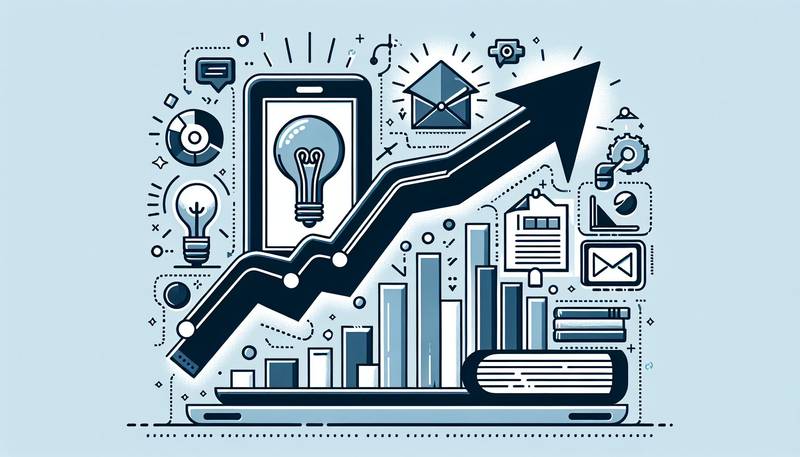
The Growth of E-commerce and its Impact on Marketing Education
- 2023-12-25T00:00:00Z

The Relevance of Guerrilla Marketing in Educational Curricula
- 2024-01-01T00:00:00Z
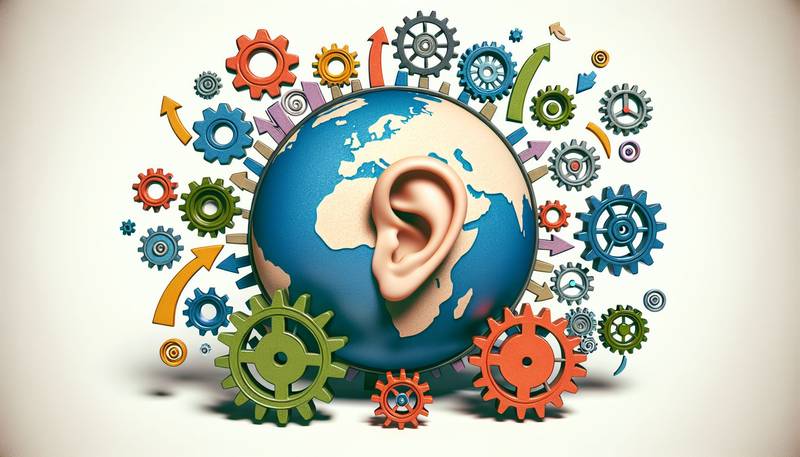
Teaching Customer-Centric Marketing Strategies
- 2023-12-30T00:00:00Z
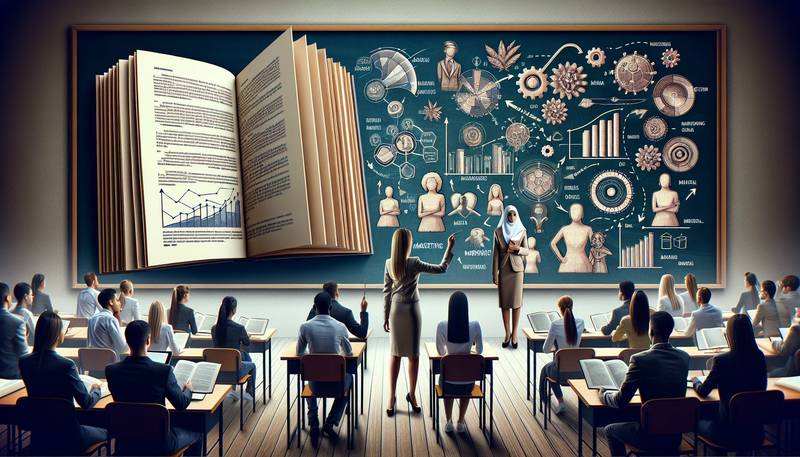
Utilizing Case Studies in Marketing Education for Real-World Learning
- 2024-01-15T00:00:00Z

Sustainability and Ethics in Modern Marketing Education
- 2024-02-27T00:00:00Z

Leveraging Big Data in Marketing Education
- 2023-12-31T00:00:00Z
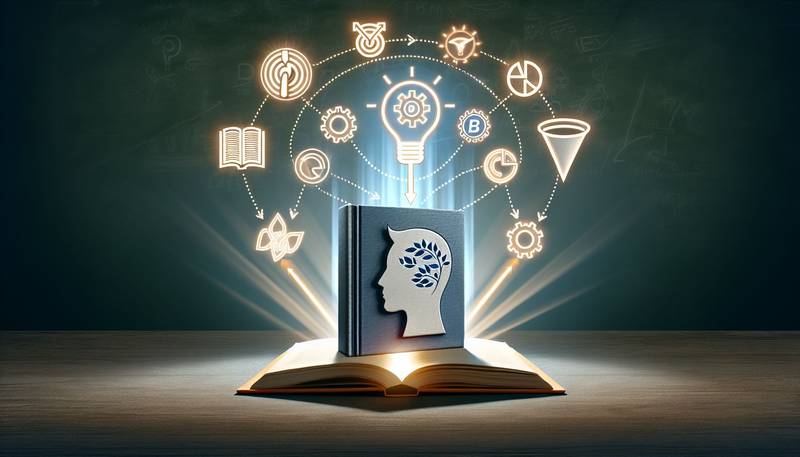
Personal Branding and its Importance in Marketing Education
- 2024-02-10T00:00:00Z

Adapting to Change: Agile Methodologies in Marketing Education
- 2024-02-14T00:00:00Z
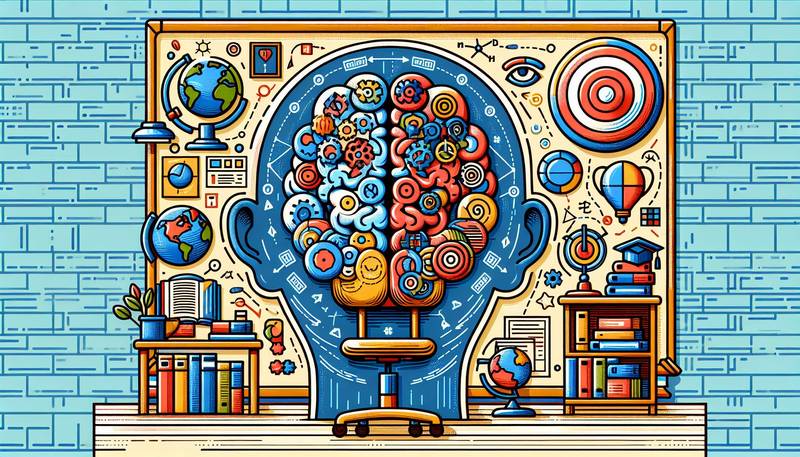
The Intersection of Psychology and Marketing in Educational Programs
- 2024-01-14T00:00:00Z
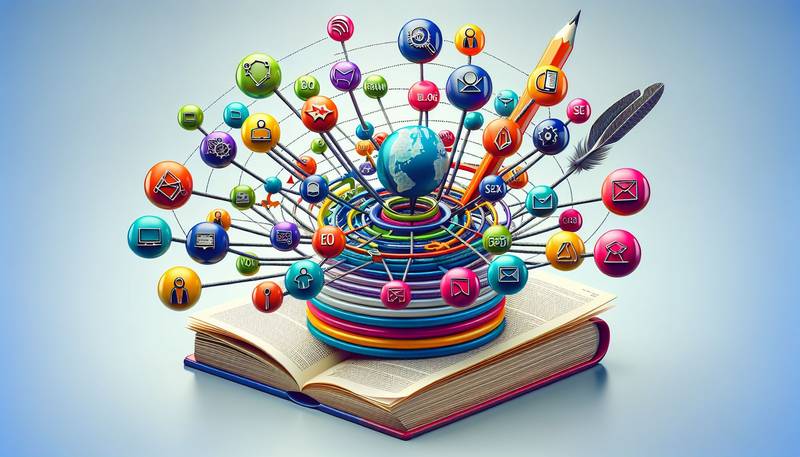
Content Marketing: Crafting a Core Component of Marketing Education
- 2023-12-18T00:00:00Z

The Importance of Cultural Competency in Global Marketing Education
- 2024-01-15T00:00:00Z
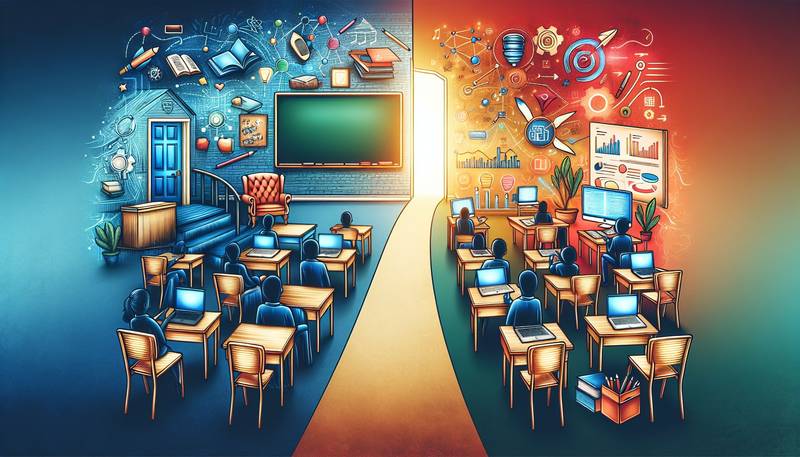
Building a Successful Career in Marketing through Education
- 2024-01-04T00:00:00Z
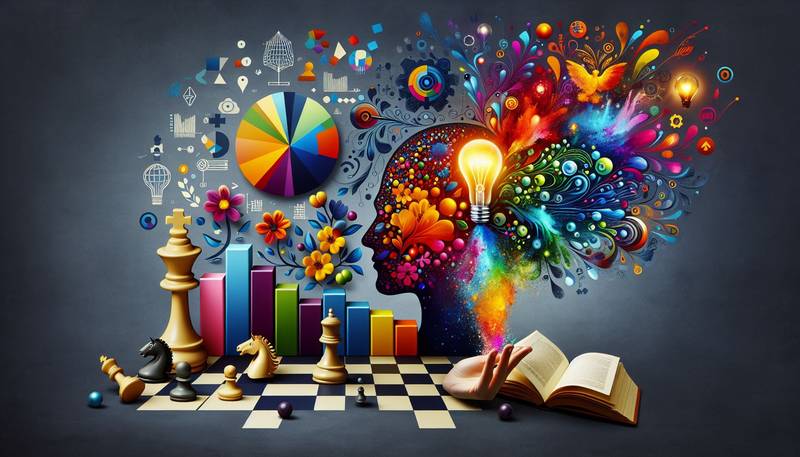
The Power of Visual Storytelling in Marketing Education
- 2024-02-05T00:00:00Z

Influencer Marketing: Teaching the New Age of Endorsement
- 2024-02-09T00:00:00Z

Building Collaborative Skills in Marketing Students through Team-Based Projects
- 2024-02-10T00:00:00Z
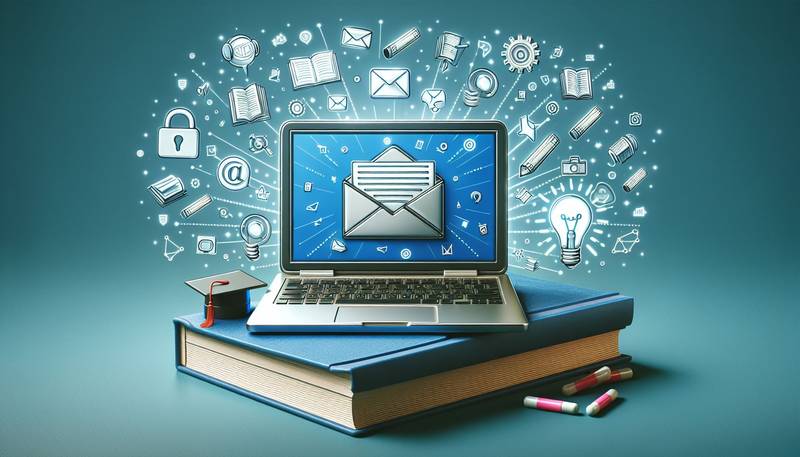
Email Marketing: An Indispensable Skill in Marketing Education
- 2024-01-27T00:00:00Z

Blending Traditional and Digital Marketing in Education Programs
- 2024-02-20T00:00:00Z
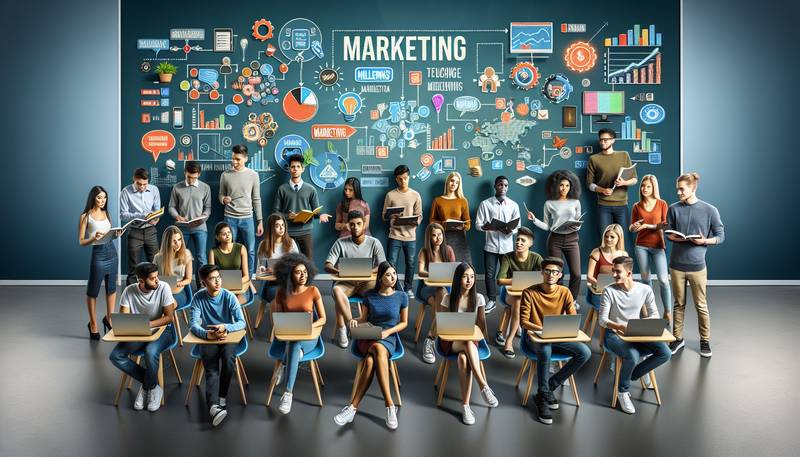
Engaging Millennials and Gen Z in Marketing Education
- 2024-01-10T00:00:00Z
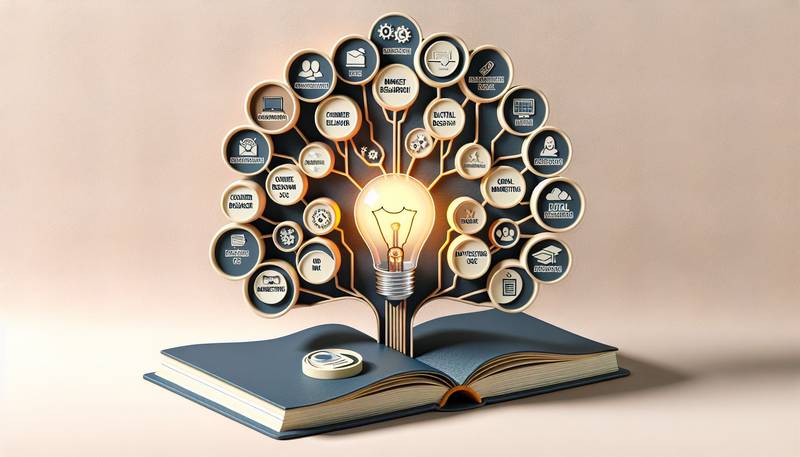
Branding Basics: An Essential Course in Marketing Education
- 2024-02-27T00:00:00Z

Mobile Marketing: Education for the Smartphone Era
- 2024-01-13T00:00:00Z

The Synergy between Marketing and Sales: An Educational Perspective
- 2024-02-26T00:00:00Z

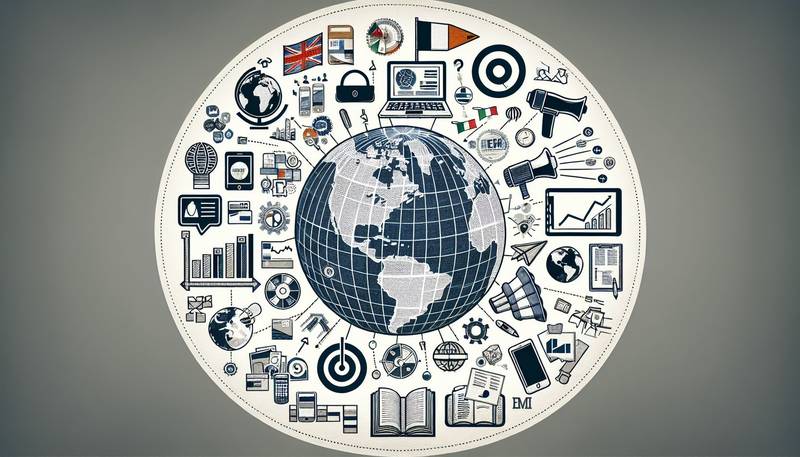
Cross-Cultural Marketing Education: Preparing for Global Challenges
- 2024-03-02T00:00:00Z

Staying Ahead: Continuous Learning in Marketing
- 2023-12-04T00:00:00Z
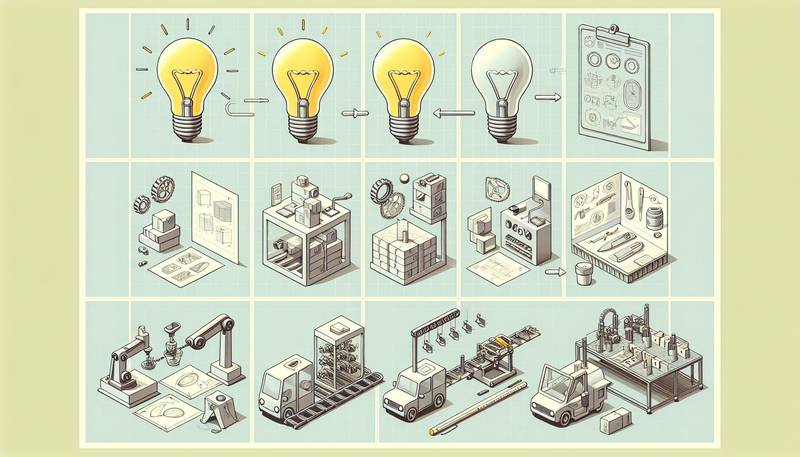
From Concept to Market: The Product Development Process
- 2024-02-25T00:00:00Z

Personal Selling and Sales Management in Marketing Education
- 2023-12-30T00:00:00Z

How to Design an Effective Marketing Education Curriculum
- 2024-03-01T00:00:00Z

Teaching the Future: Predictive Analytics in Marketing Education
- 2023-12-03T00:00:00Z
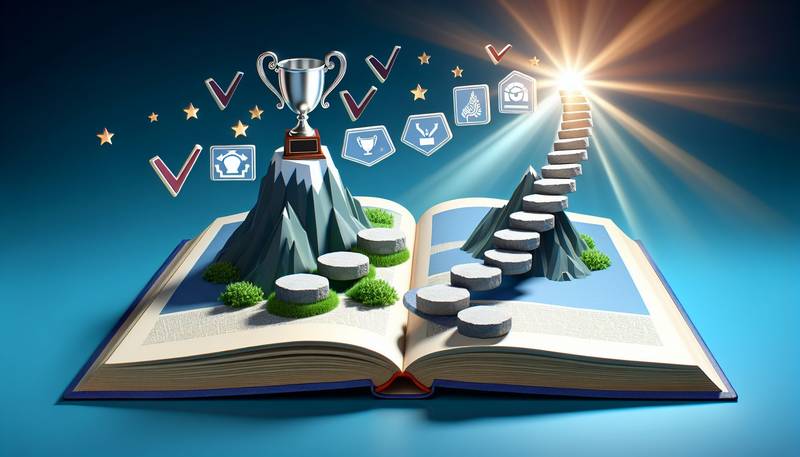
Developing Leadership Skills through Marketing Education
- 2024-02-13T00:00:00Z

Marketing Automation: Teaching the Tools of Efficiency
- 2023-12-18T00:00:00Z

Crisis Management and Communication in Marketing Education
- 2024-01-14T00:00:00Z

How to Effectively Use Gamification in Marketing Education
- 2024-03-01T00:00:00Z
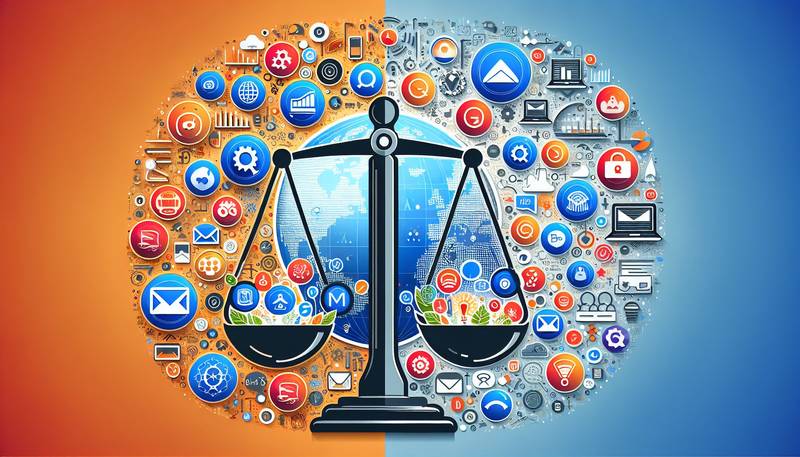
Understanding the Marketing Mix in Today's Digital World
- 2024-01-20T00:00:00Z

Understanding Consumer Behavior: A Foundation of Marketing Education
- 2024-01-07T00:00:00Z

Emerging Trends in Marketing Education for the 21st Century
- 2024-02-06T00:00:00Z
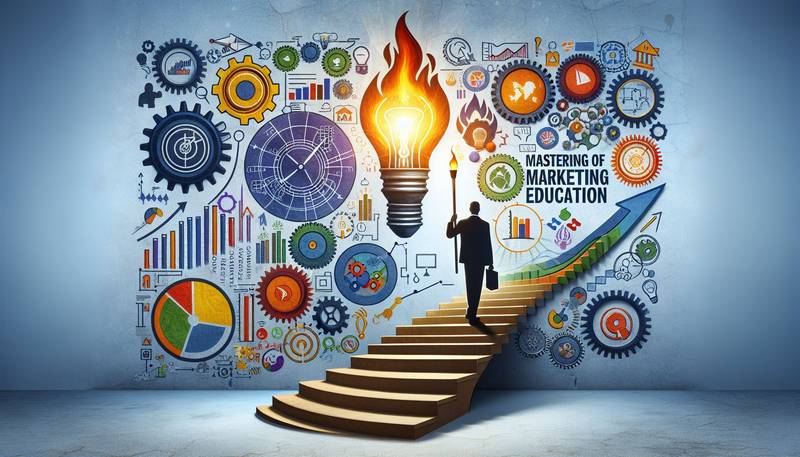
Mastering the Fundamentals of Marketing Education
- 2023-12-17T00:00:00Z

Integrating Customer Feedback into Marketing Educational Programs
- 2023-12-21T00:00:00Z

The Future of Marketing Education: Predictions and Preparations
- 2024-03-11T00:00:00Z
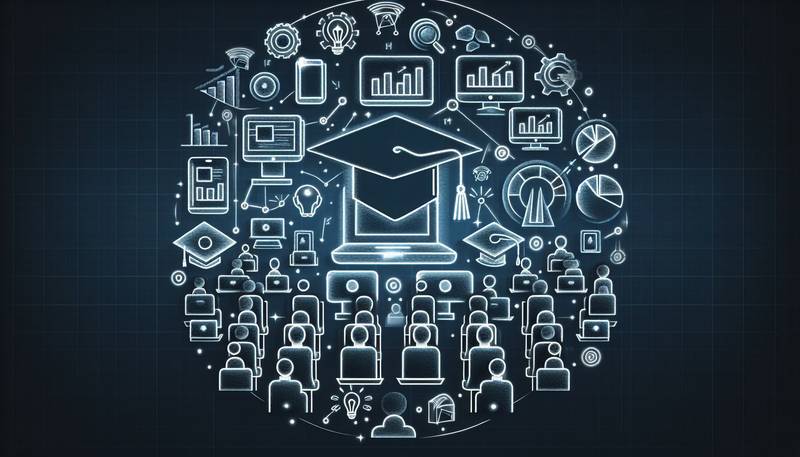
Integrating Digital Tools into Marketing Education
- 2024-02-22T00:00:00Z

Strategic Marketing Planning: A Key Focus in Marketing Education
- 2024-02-23T00:00:00Z

From Classroom to Career: Marketing Education Pathways
- 2024-03-04T00:00:00Z
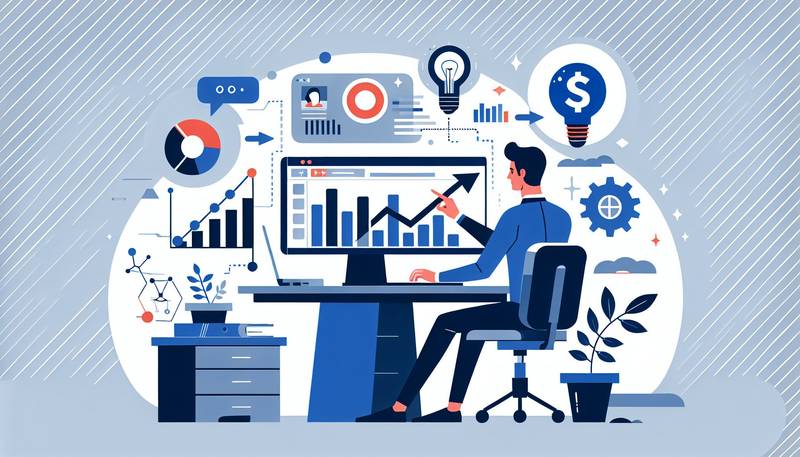
The Advantages of Online Marketing Education
- 2024-02-23T00:00:00Z
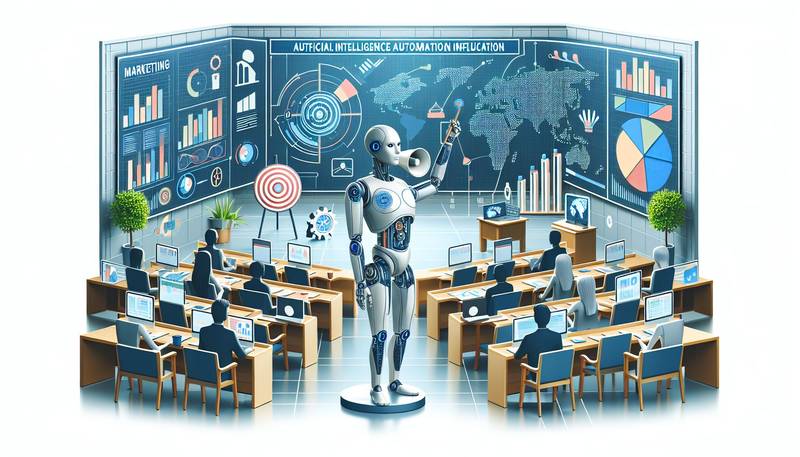
The Impact of AI and Automation on Marketing Education
- 2023-12-11T00:00:00Z

Utilizing Virtual Reality in Marketing Education
- 2024-01-01T00:00:00Z

Collaborative Learning in Marketing Education: Benefits and Strategies
- 2023-12-30T00:00:00Z

The Significance of Customer Relationship Management in Marketing Education
- 2024-01-29T00:00:00Z

Public Relations and Its Role in a Marketing Education
- 2023-12-11T00:00:00Z

Search Engine Optimization: A Must-Have Skill in Marketing Education
- 2024-02-15T00:00:00Z
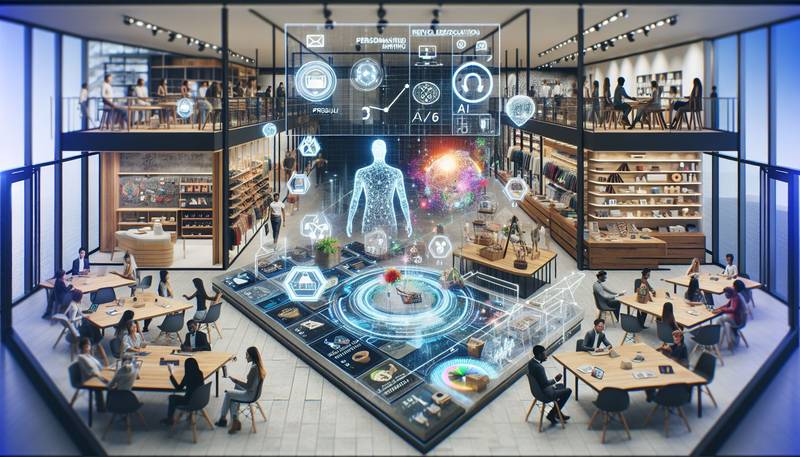
Innovation in Retail Marketing: Trends and Education
- 2024-03-07T00:00:00Z
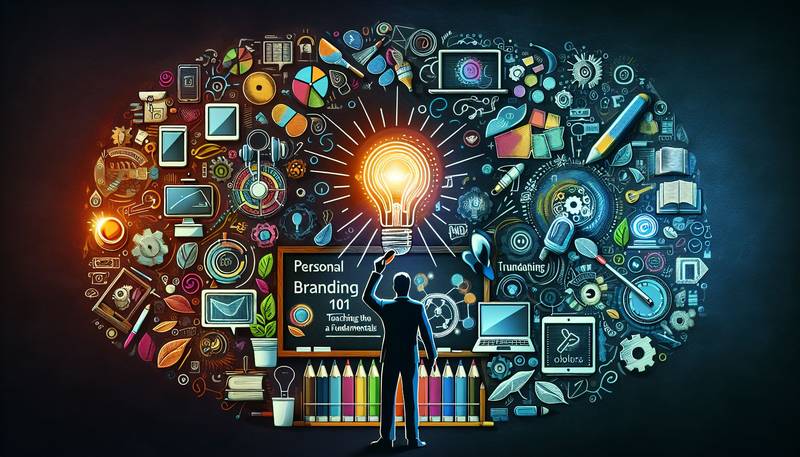
Personal Branding 101: Teaching the Fundamentals in a Digital Age
- 2023-12-03T00:00:00Z
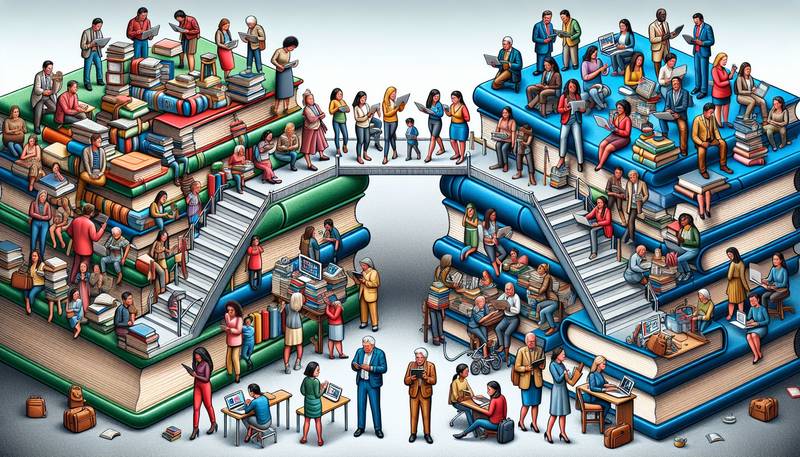
The Role of Experiential Learning in Shaping Tomorrow's Marketing Leaders
- 2024-02-16T00:00:00Z
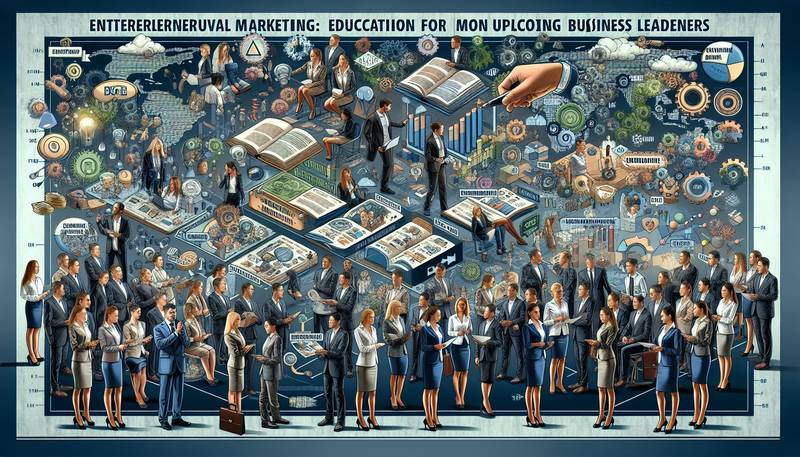
Entrepreneurial Marketing: Education for Upcoming Business Leaders
- 2024-01-06T00:00:00Z
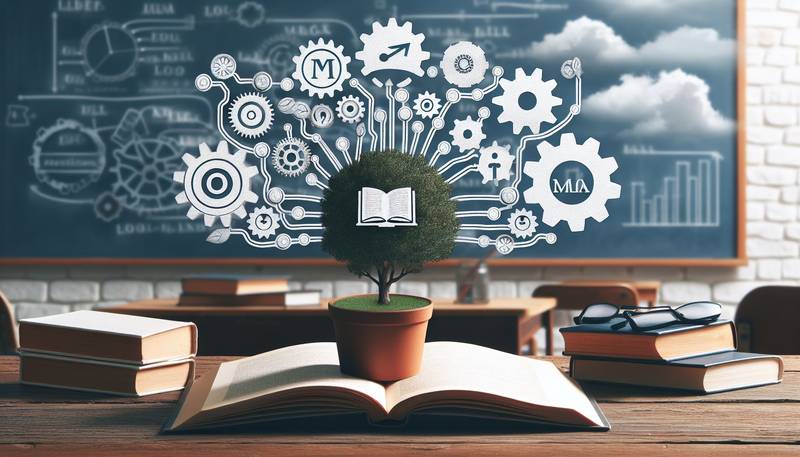
Building and Managing Strong Brands: A Marketing Education Focus
- 2024-02-05T00:00:00Z
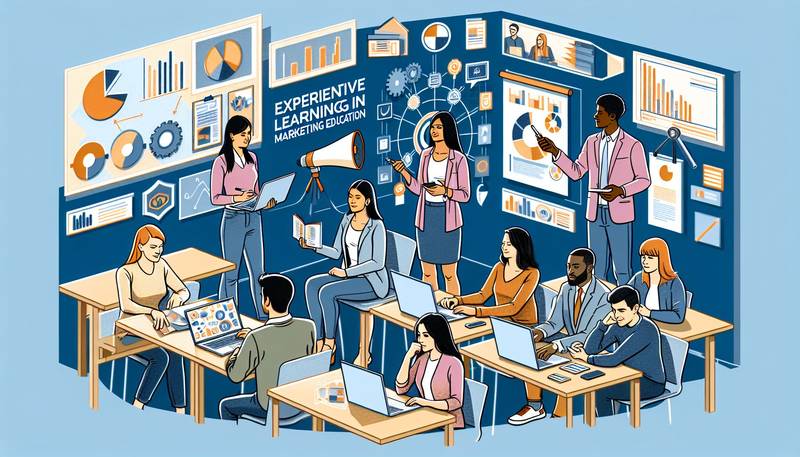
The Benefits of Experiential Learning in Marketing Education
- 2024-01-05T00:00:00Z
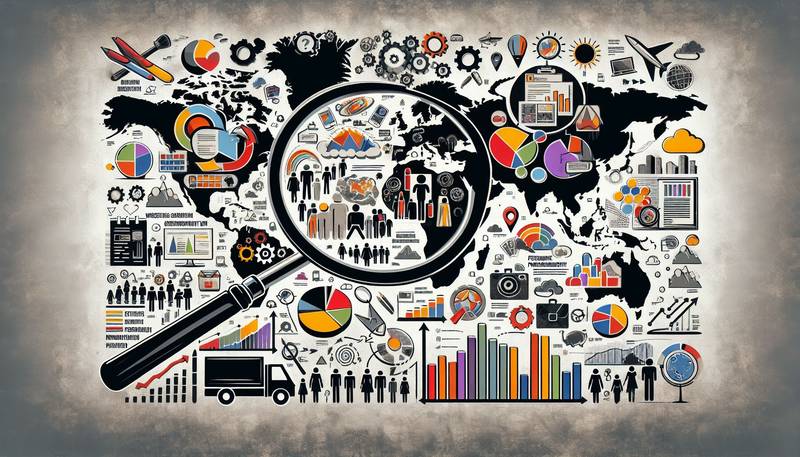
Developing Effective Marketing Communications Strategies
- 2024-01-30T00:00:00Z

Creating Compelling Content: A Pillar of Marketing Education
- 2024-02-04T00:00:00Z

Viral Marketing: Strategies and Education
- 2024-01-22T00:00:00Z
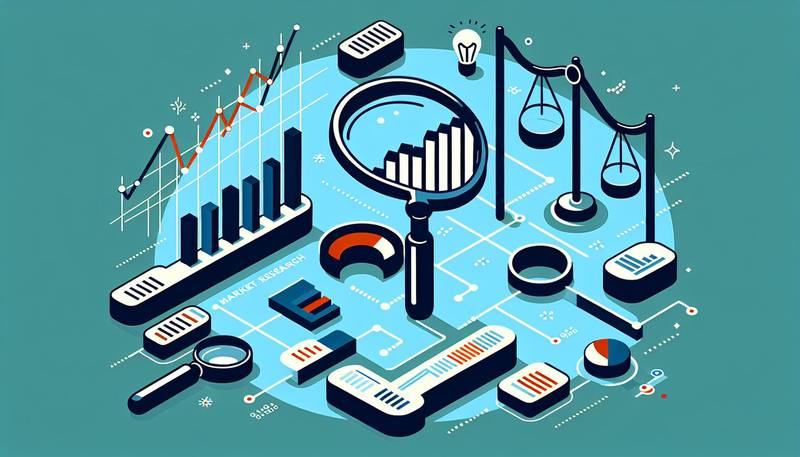
Teaching the Importance of Market Research in Decision Making
- 2024-03-07T00:00:00Z
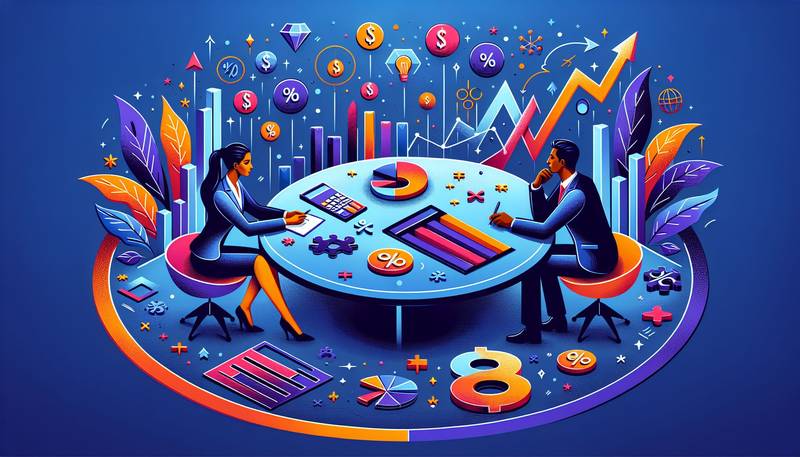
Teaching the Art and Science of Pricing Strategies in Marketing
- 2024-01-10T00:00:00Z

Challenges and Solutions in Teaching Marketing Ethics
- 2023-12-04T00:00:00Z

The Importance of User Experience (UX) in Marketing
- 2023-12-10T00:00:00Z

Direct Marketing Techniques in the Educational Curriculum
- 2023-12-21T00:00:00Z

The Evolution of Marketing Education in the Digital Era
- 2023-12-14T00:00:00Z

The Role of Social Media in Modern Marketing Education
- 2024-03-10T00:00:00Z
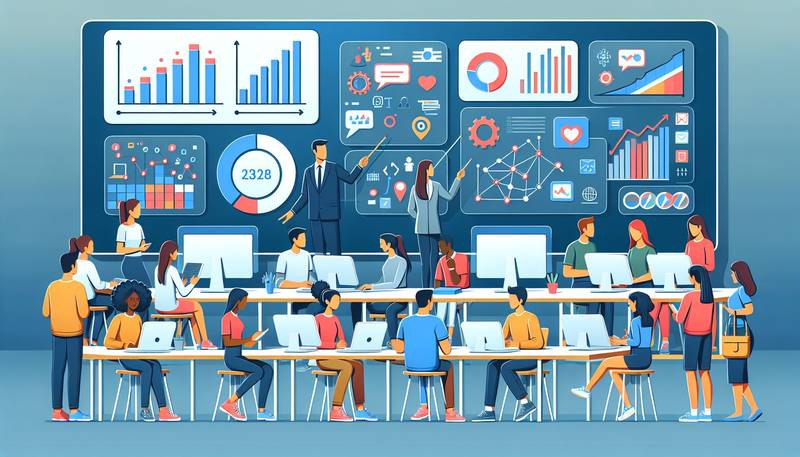
Digital Advertising: A Core Subject in Marketing Education Today
- 2024-02-02T00:00:00Z
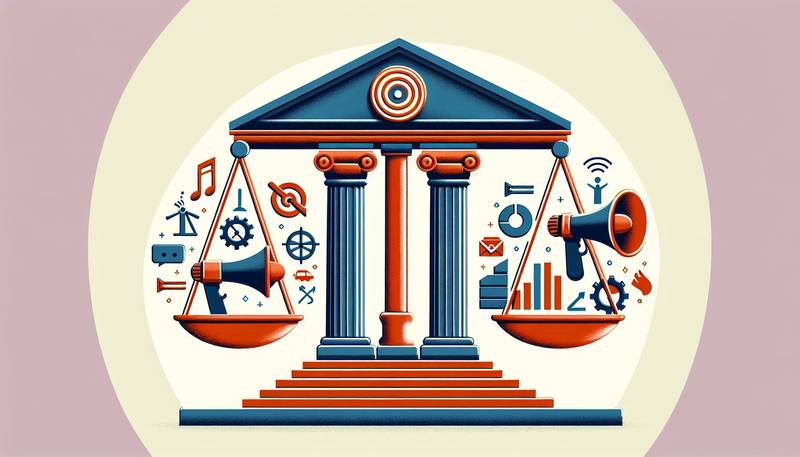
Teaching the Legal Aspects of Marketing
- 2023-12-04T00:00:00Z

Web Analytics and Digital Insights for Marketing Professionals
- 2024-01-05T00:00:00Z
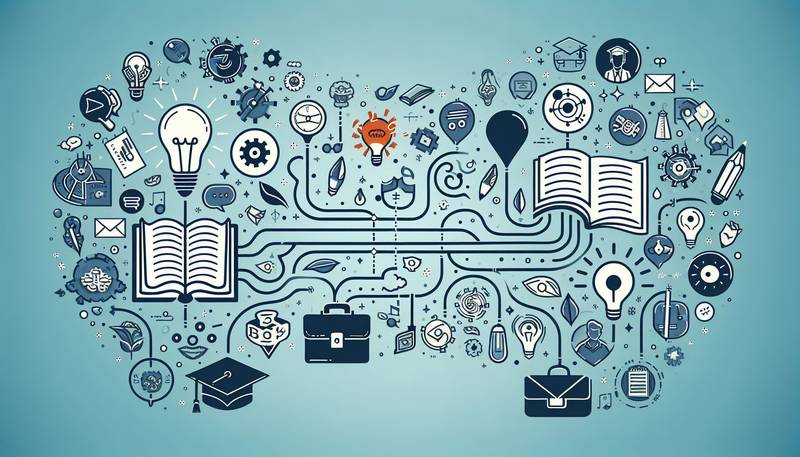
The Role of Storytelling in Effective Marketing Education
- 2023-12-26T00:00:00Z

Sustainability and Ethics in Marketing: Incorporating Modern Values into Education
- 2024-02-23T00:00:00Z

Leveraging Social Media in Marketing Education: Opportunities and Challenges
- 2024-01-08T00:00:00Z

Nurturing Creativity and Innovation in Marketing Students
- 2024-02-13T00:00:00Z
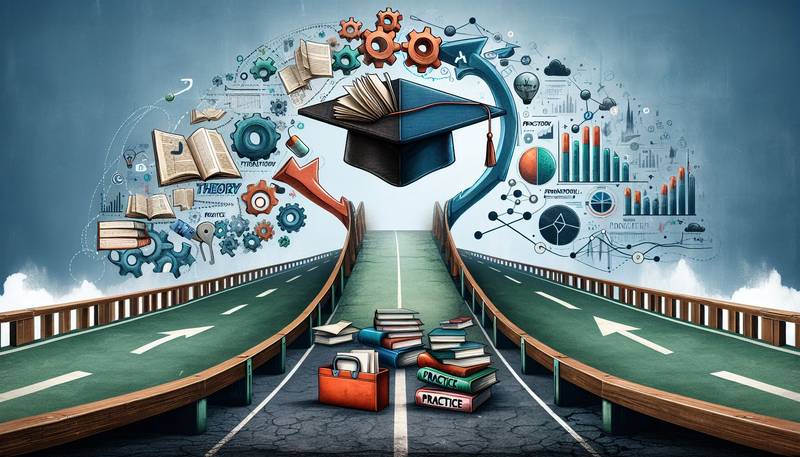
Bridging the Gap between Theory and Practice in Marketing Education
- 2024-01-05T00:00:00Z

The Role of Internships in Enhancing Marketing Education
- 2023-12-25T00:00:00Z
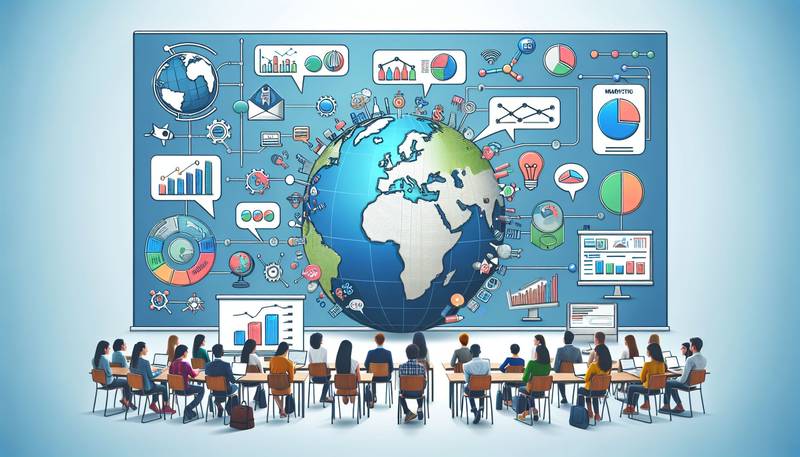
The Importance of Analytics in Marketing Education
- 2024-02-25T00:00:00Z
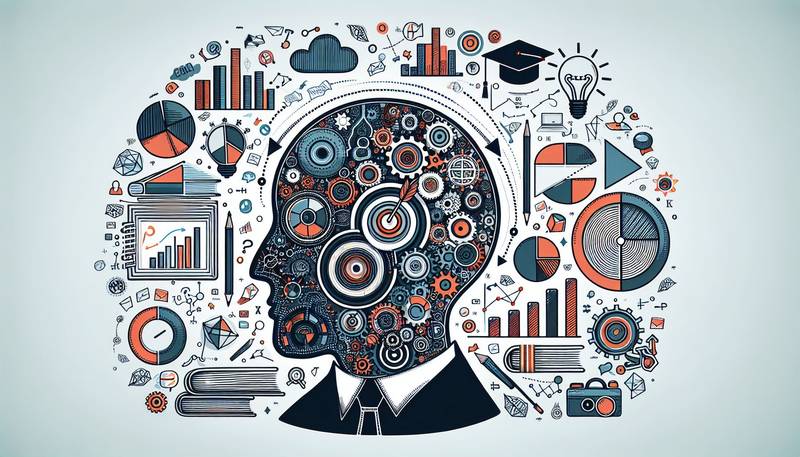
The Role of Design Thinking in Marketing Education
- 2023-12-06T00:00:00Z

The Importance of Creativity in Marketing Education
- 2024-01-16T00:00:00Z

Event Marketing: Education for Memorable Brand Experiences
- 2024-01-21T00:00:00Z

Evaluating Marketing Education: Metrics for Success
- 2023-12-18T00:00:00Z

Global Marketing Strategies: Education for a Borderless World
- 2024-02-07T00:00:00Z
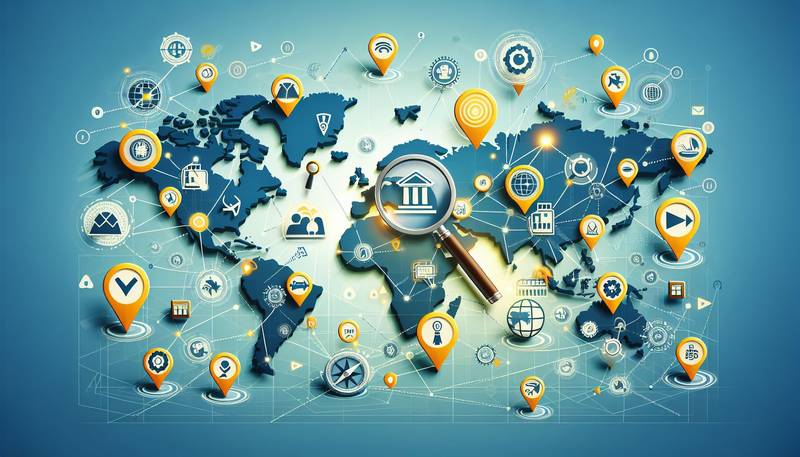
Navigating the World of Affiliate Marketing in Educational Programs
- 2024-01-15T00:00:00Z

The Importance of Networking in Marketing Education
- 2024-01-30T00:00:00Z

B2B Marketing: Developing Skills for the Business Market
- 2023-12-25T00:00:00Z
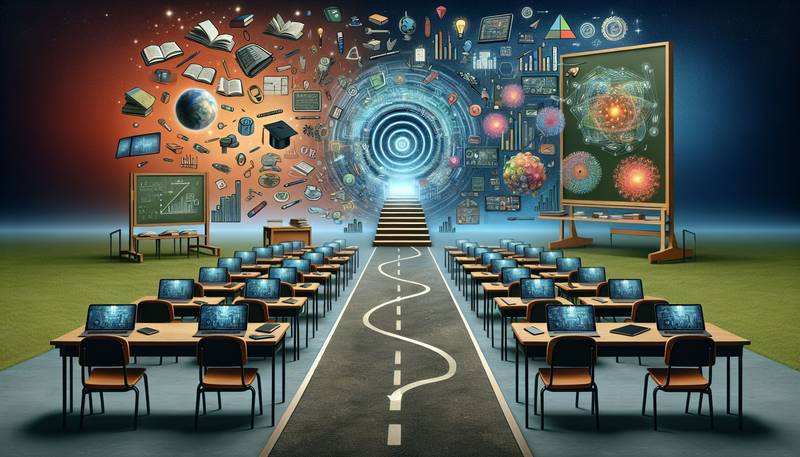
How Technology is Reshaping Marketing Education
- 2024-01-27T00:00:00Z

The Evolution of Marketing Education: Preparing Students for a Data-Driven World
- 2023-12-21T00:00:00Z
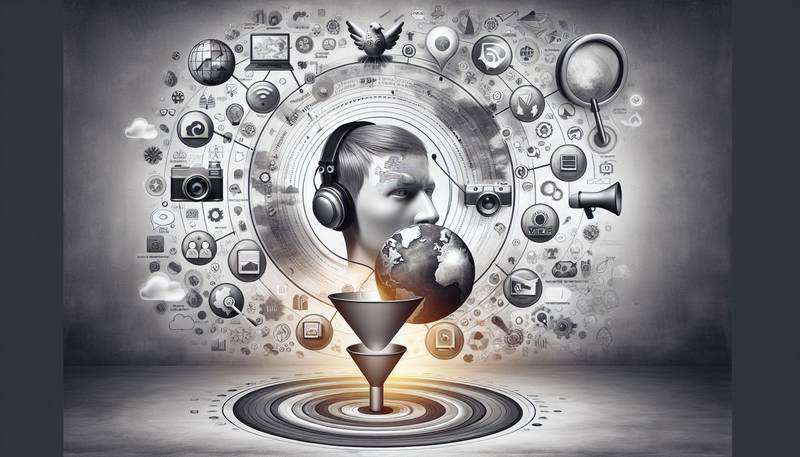
Effective Use of Social Listening Tools in Marketing
- 2024-02-18T00:00:00Z
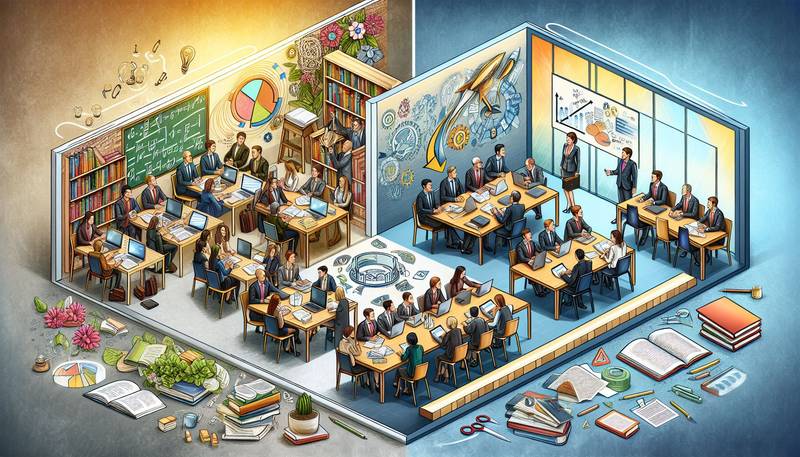
From Classroom to Boardroom: Real-World Applications of Marketing Theories
- 2024-02-04T00:00:00Z
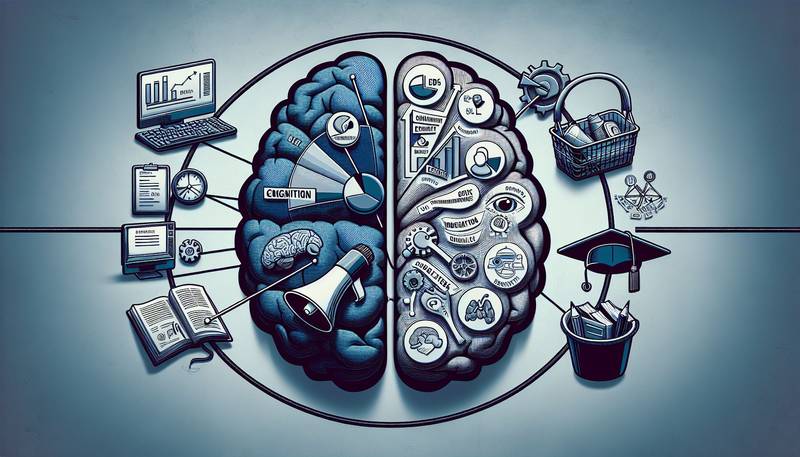
Exploring the Intersection of Psychology and Marketing in Educational Programs
- 2024-02-16T00:00:00Z
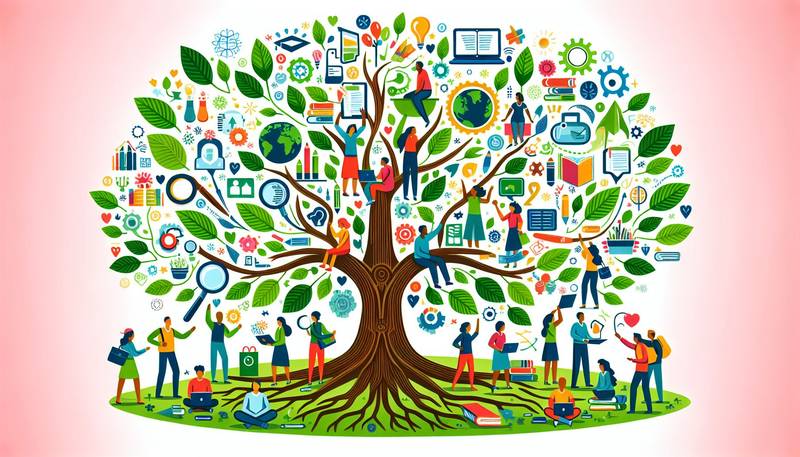
Marketing for Social Impact: Education for Change
- 2023-12-10T00:00:00Z

Lifestyle Marketing: Connecting Brands with Consumers' Lives
- 2024-01-05T00:00:00Z

Developing a Global Mindset through Marketing Education
- 2024-02-23T00:00:00Z
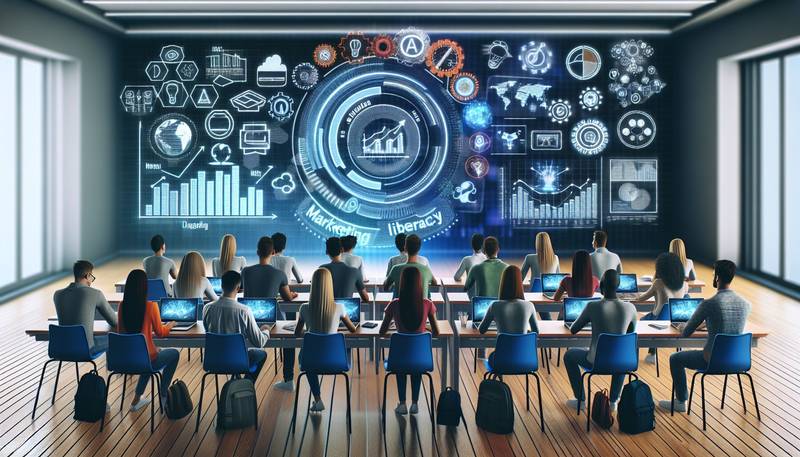
Enhancing Digital Literacy in Marketing Education
- 2024-02-07T00:00:00Z

Adapting Marketing Strategies for the Non-Profit Sector
- 2024-03-04T00:00:00Z
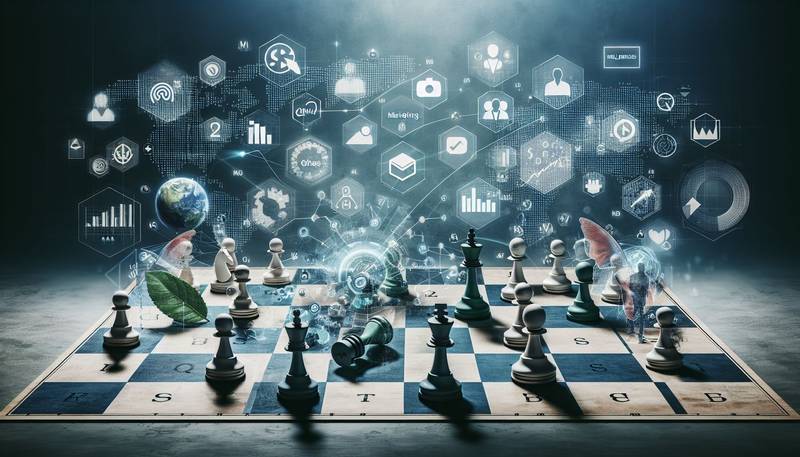
Marketing to Millennials: Challenges and Strategies
- 2024-02-20T00:00:00Z

The Role of Data Privacy in Marketing Education
- 2023-12-19T00:00:00Z
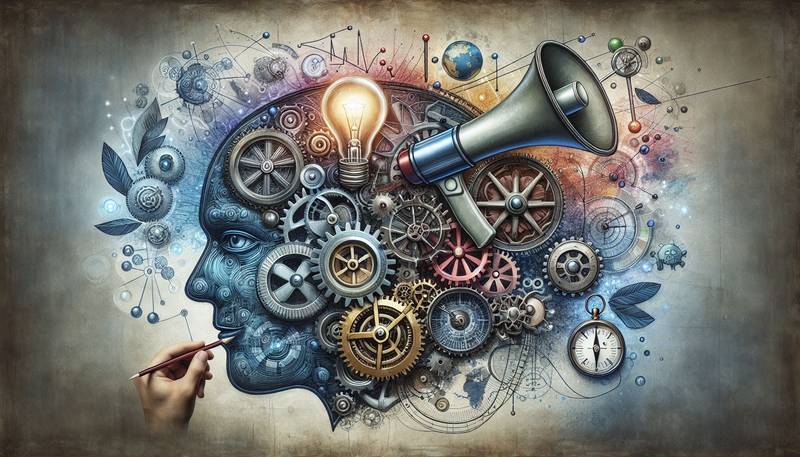
The Art of Convincing: Persuasion Techniques in Marketing
- 2024-02-06T00:00:00Z

Preparing Marketers for the Challenges of Globalization
- 2024-01-25T00:00:00Z

Bridging the Gap: Integrating Digital Tools into Traditional Marketing Curriculum
- 2024-02-04T00:00:00Z

Crowdfunding as a Marketing Tool: An Educational Perspective
- 2023-12-11T00:00:00Z

Navigating the Future of Marketing Education: Trends and Innovations
- 2023-12-08T00:00:00Z
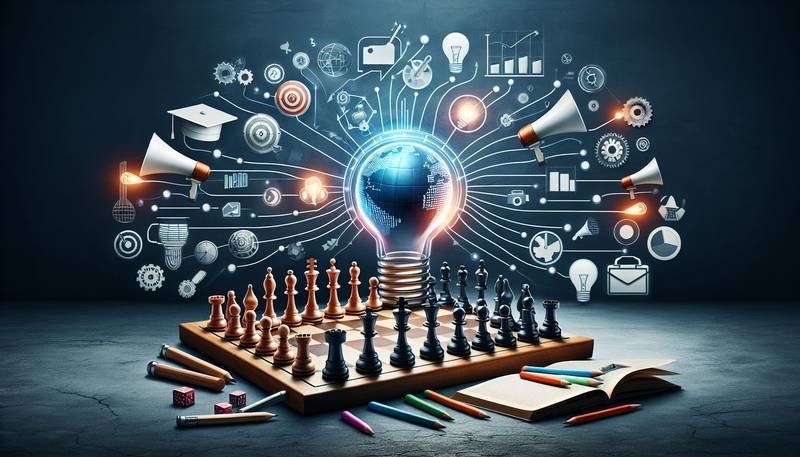
Cultivating Strategic Thinking in Marketers through Education
- 2023-12-06T00:00:00Z
 Marketing Minds: Unleashing Your Potential in the Modern Age
Marketing Minds: Unleashing Your Potential in the Modern Age